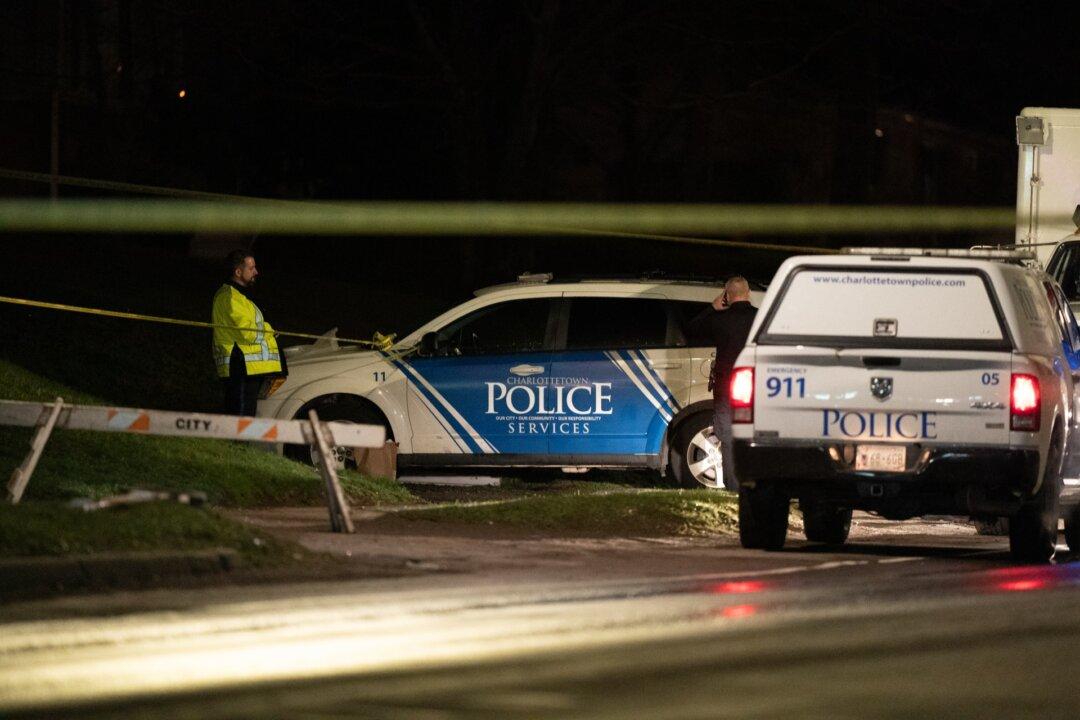For almost 40 years, astronomers have wondered whether an anomalous 72-second radio signal from space may have been an attempt by extraterrestrials to contact us.
On Aug. 15, 1977, astronomer Jerry Ehman looked at a computer printout from the Big Ear radio telescope in Ohio. He saw the intense spike in radio waves and wrote the word “Wow!” on the printout, giving the signal the moniker it is known by today.
The signal was at roughly the same frequency as the waves emitted by a hydrogen atom changing states. Astronomers suspected a communication from intelligent extraterrestrials might have exactly this characteristic. One reason for this suspicion is that hydrogen is the most common element in the universe. Another reason is that this frequency could easily penetrate the Earth’s atmosphere, a New Scientist article notes.
“It was the most significant thing we had seen,” Ehman recalled in an interview with Cleveland’s The Plain Dealer.





